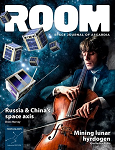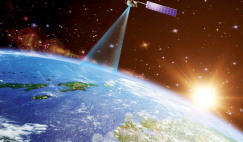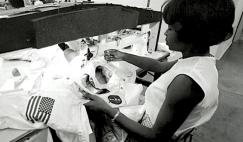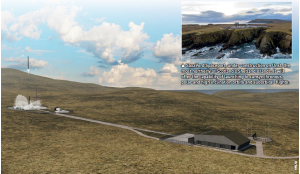You know from the start that this is one of those ‘does what it says on the tin’ books. The title suggests astronauts are surplus to requirements; the subtitle substitutes robotic explorers; and most spacers know the UK Astronomer Royal’s views on sending humans into space. So this is very much an ‘anti-astronaut thesis’. Oh, and the cover art shows a pixelated astronaut, designed no doubt to minimise the importance of the human element via its obvious lack of resolution.
So do we need to delve beyond the cover? Well, they say you should never judge a book by its cover, so perhaps we should crack it open at least.
Beginning with a little history, the authors promise to utilise the scientific method in presenting the arguments for and against using people in space, but they make their own conclusion clear from the outset: “we do not need astronauts as space explorers”.
Although they admit that “astronauts appear to many people as the natural extension of a human desire to explore”, they maintain that the broadly-accepted mantra that astronauts “perform a valuable inspirational role” remains an “open question”. Indeed, they go as far as to suggest that we should be entirely pragmatic and ignore our emotions when it comes to exploring space.
The book’s nine chapters consider why we explore and how we organise space exploration, then focus on the individual realms of low Earth orbit, the Moon, Mars and the asteroids. The final chapters cover space colonisation, the cost of space exploration and the relevance of space law. The volume is not illustrated, but includes a “timeline of key events”, chapter notes and an index.
Does it offer - as promised by the blurb - “convincing arguments” against the use of astronauts? Predictably, that depends on your preconceived notions: if you read the book from an anti-astronaut position, your views will be bolstered and your arguments will be fuelled; if you started as a starry-eyed astronaut lover, it’s unlikely to change your opinion.
Unfortunately, what the book does not consider sufficiently is the possibility of a third option, which would continue to see manned and unmanned missions working together in symbiosis. But let’s face it, a polarised standpoint is always best-placed to enhance sales figures.











